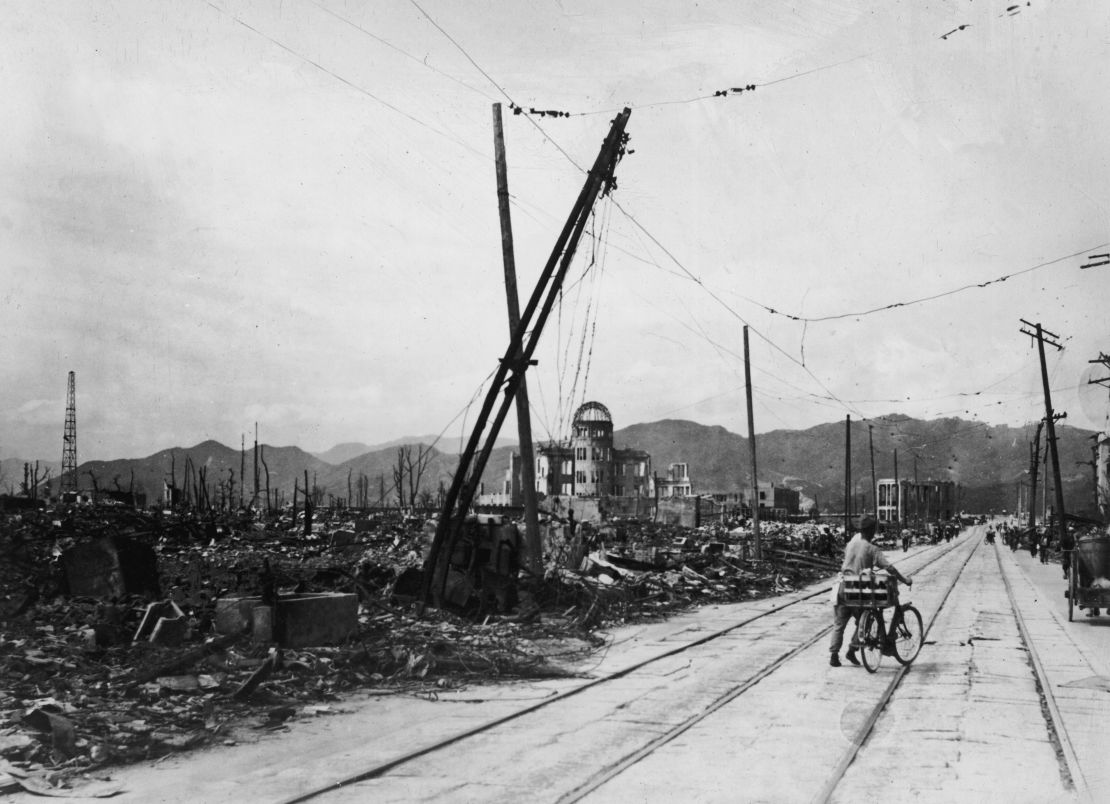Story highlights
The first atomic bomb was used in battle 68 years ago in Hiroshima, Japan
Nearly 200,000 people were killed, including those who died in the aftermath
More than 70,000 were killed by the second bomb dropped three days later
The decision by the United States to use the atomic bomb against Japan in August 1945 is credited with ending World War II. Here is some background information about the history of the atomic bomb, by the numbers:
2 - Number of atomic bombs dropped on Japan during World War II.
80,000 - People who died instantly in Hiroshima, Japan, on August 6, 1945, when the first ever atomic bomb was used in war. The code name of the uranium-based bomb was “Little Boy.”
192,020 - Total number of those killed in Hiroshima, combining those killed instantly and those killed from radiation and other aftermath. The revised total was released at a ceremony on the 50th anniversary of the bombing.
3 - Number of days between the first and second atomic bombs dropped on Japan. On August 9, 1945, “an implosion-model plutonium bomb code-named “Fat Man,” was detonated over Nagasaki.
More than 70,000 - Number of people killed instantly in Nagasaki by the bomb.
5 - Number of days after the bombing of Nagasaki that Emperor Hirohito announced Japan’s acceptance of the terms of the Postdam Declaration and its unconditional surrender, bringing an end to World War II.
2 - Number of possible targets for the second bombing: Nagasaki and Kokura. Nagasaki was chosen because of the weather.

$2 billion - The approximate cost of research and development of the atomic bomb by the United States, called the “Manhattan Project.”
130,000 - The number of people employed by the Manhattan Project.
3 - Research facilities involved in the development of the bombs: Oak Ridge National Laboratory, Tennessee, the Hanford Site, Washington, and Los Alamos National Laboratory, New Mexico.
17 - Physicists who worked on the Manhattan Project who already were or would later become Nobel Laureates in physics.
18,000 - Tons of TNT equaled the blast from New Mexico test run on July 16, 1945.
1,800+ feet - The distance above ground that “Little Boy” detonated over Hiroshima after it was released from the B-29 Bomber “Enola Gay.”
9,700 lbs - Weight of the “Little Boy” atomic bomb..
60,000 feet - Height of the mushroom cloud following the detonation of “Fat Man” over Nagasaki.
